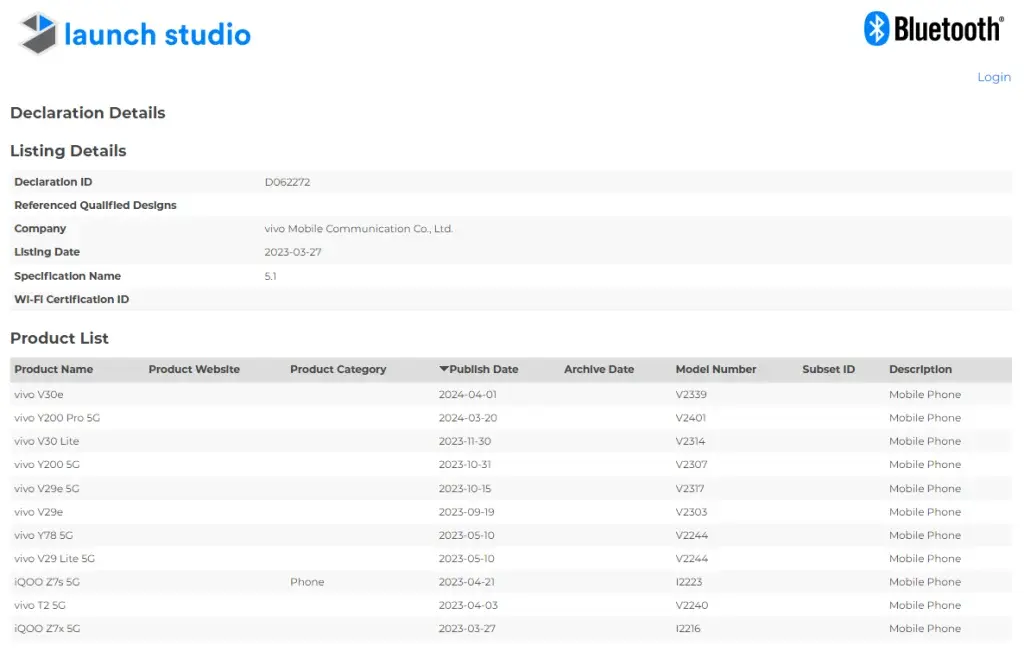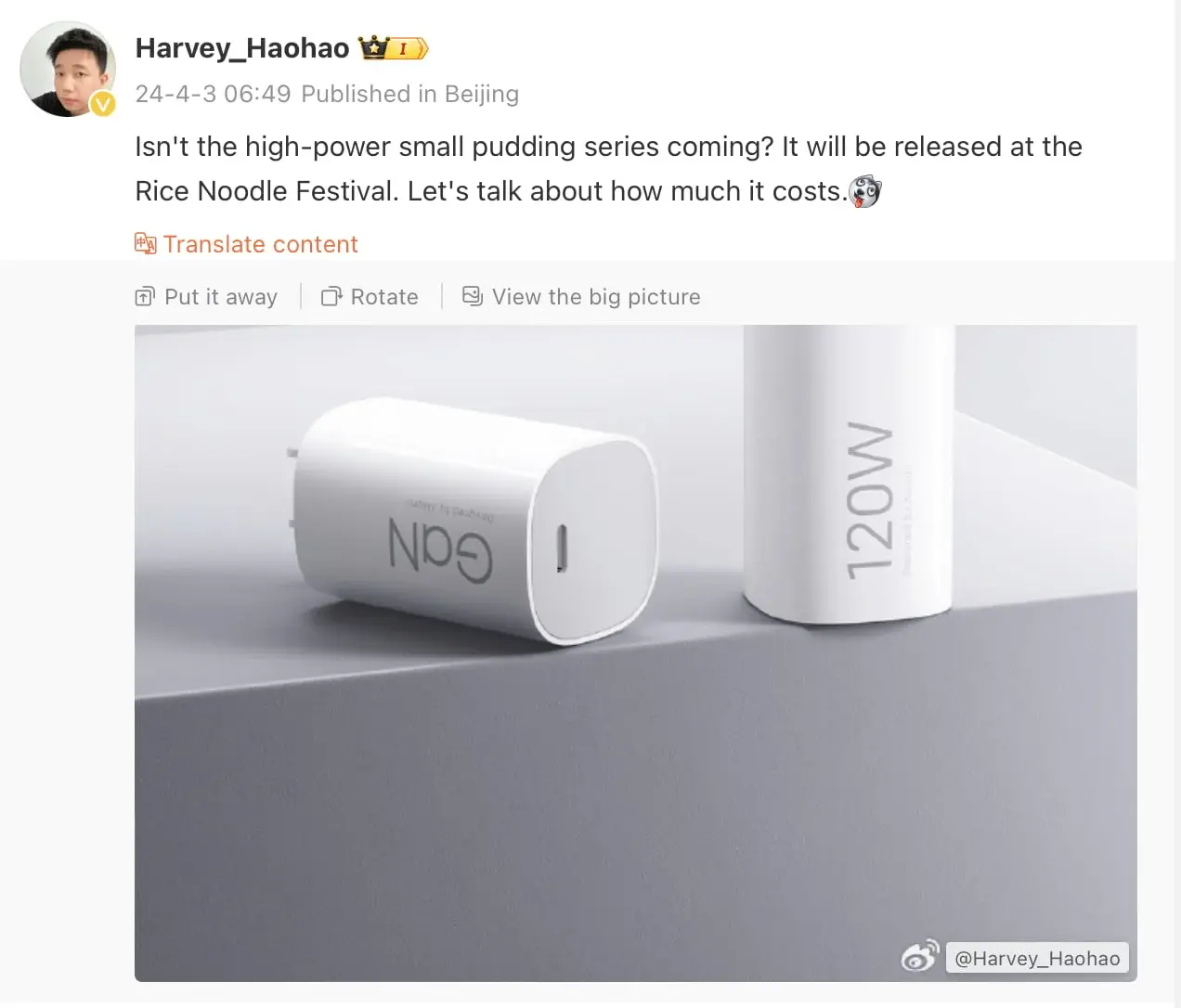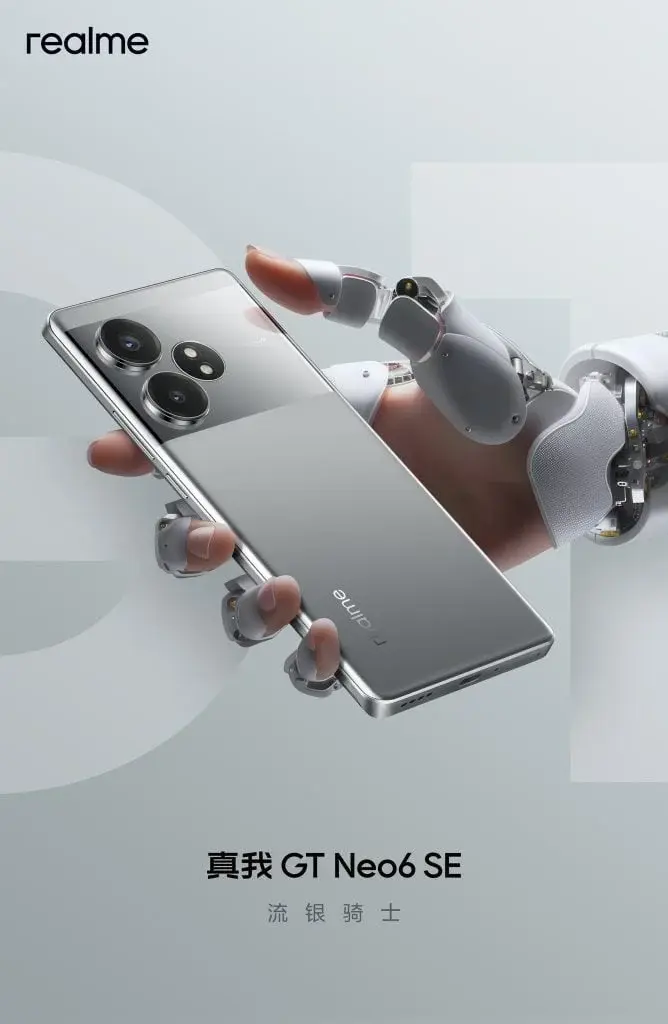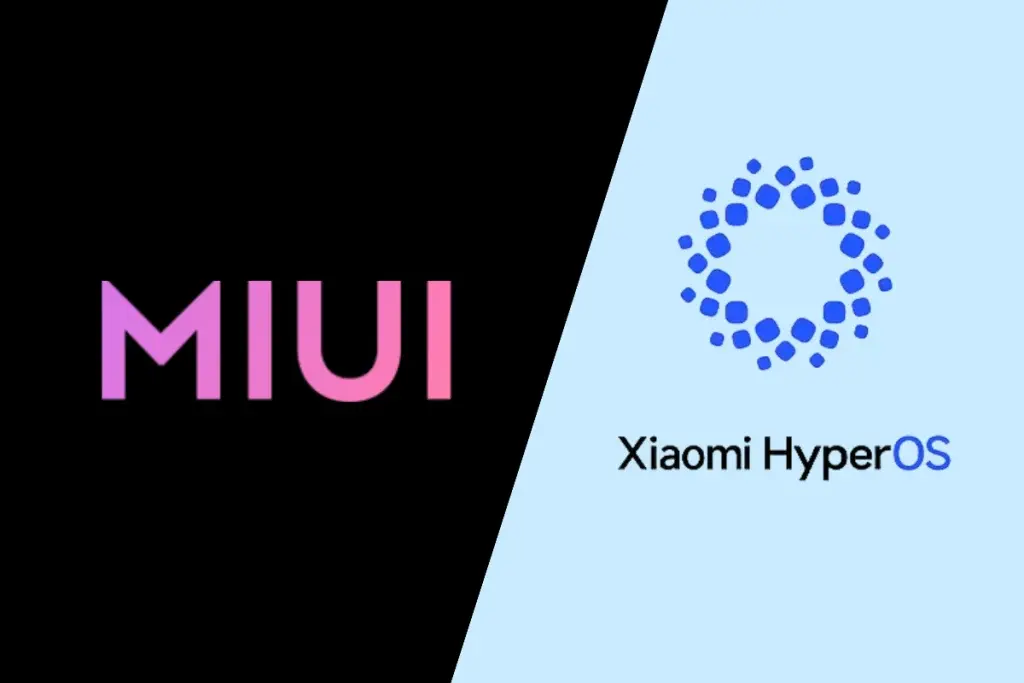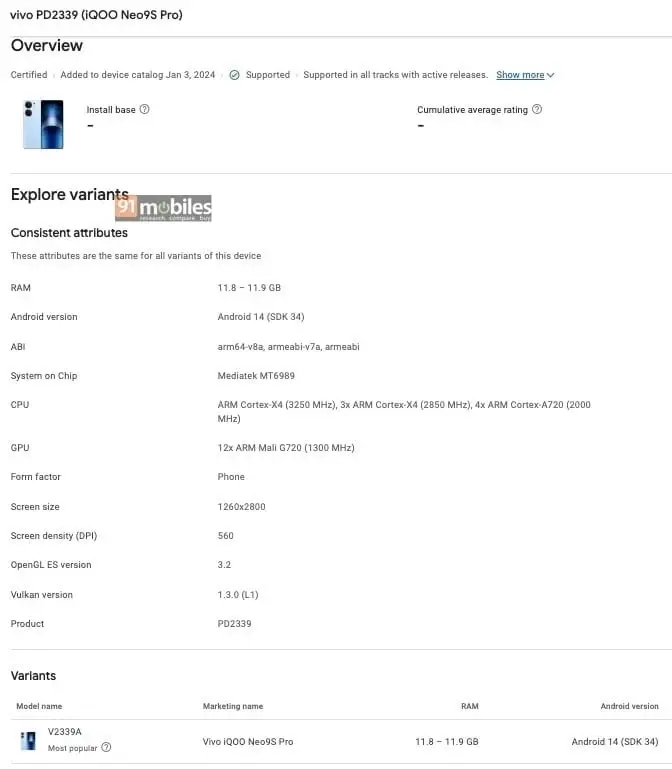Vivo introduced the Vivo Y200 5G smartphone in October last year. In February of this year, they launched the Vivo Y200e 5G in the market. Latest news indicates that another phone from the Y200 series, the Vivo Y200 Pro 5G, is set to arrive in the market soon.
Vivo Y200 Pro 5G BIS Certification
The BIS authority in India has recently given the green light to a new Vivo phone bearing model number V2401. This phone has also been listed under the Vivo Y200 Pro 5G name in the Google Play Supported Devices list and has received Bluetooth SIG certification.
Interestingly, the model number V2303 is also linked to the Vivo Y200 Pro 5G. In a recent discovery, the Y200 Pro 5G was identified in the Google Play Console database, showcasing an image and some specifications. Notably, the V2303 model number was originally associated with the Vivo V29e, which made its debut in Q3 2023.
Vivo Y200 Pro 5G Details
It seems that the Vivo Y200 Pro 5G might draw inspiration from the Vivo V29e. The V29e boasted a 6.78-inch AMOLED curve-edge display with FHD+ resolution and a 120Hz refresh rate. This new device also includes an in-screen fingerprint sensor for added security.
Powered by a Snapdragon 695 chip, the Vivo Y200 Pro 5G offers 8 GB of RAM and a sizable 5,000mAh battery with 44W fast charging support. It is available in 128 GB and 256 GB storage variants.
The front camera of the Vivo Y29e stands at 50 megapixels with autofocus functionality. On the rear, there is a 64-megapixel main camera with OIS, accompanied by an 8-megapixel ultra-wide camera. With the recent BIS certification, the launch of the Y200 Pro 5G is expected either later this month or in May.
